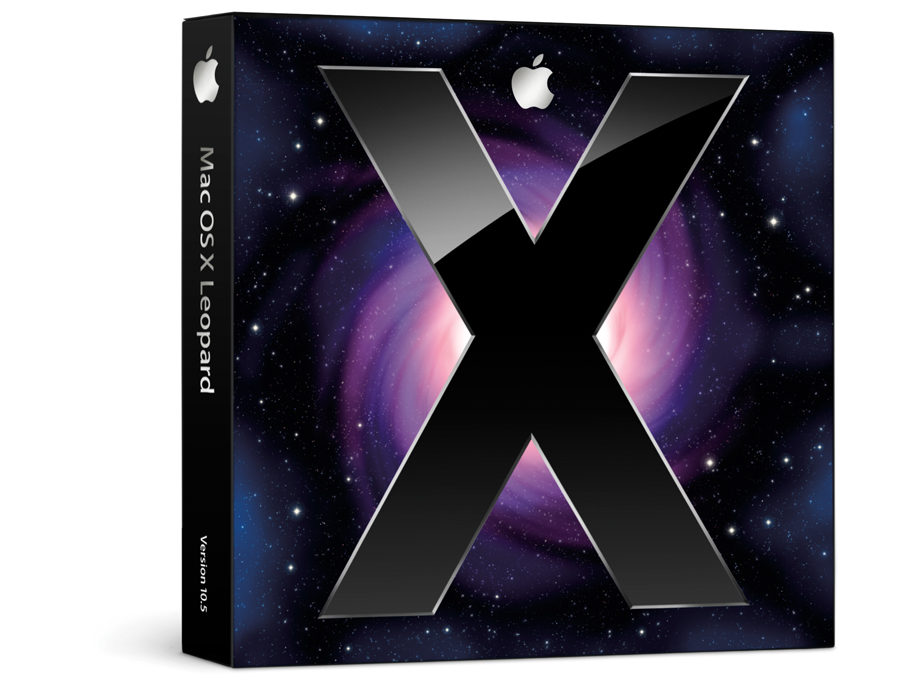Snow Leopard secrets - the tech behind Mac OS X 10.6

Slide past all the iPhone 3G hoopla that’s been around at WWDC 2008 this week and you’ll discover something that’s potentially a lot more significant: Mac OS X 10.6 Snow Leopard.
Although Snow Leopard only received the briefest of mentions during Steve Jobs’ keynote, a follow-up press release and an interview with the New York Times suggests the direction Mac OS X is heading in next.
Publicly Apple is putting the brakes on new Mac OS X features to focus on ‘speed and stability’... which sounds a little dull until you look at the detail.
Welcome To Grand Central
One of the biggest new features of Mac OS X 10.6 Snow Leopard will be Grand Central - a new technology that enables apps running on the OS to take advantage of multi-core CPUs.
Now Mac OS X has been able to use multiple processors since the old PowerPC days, but developers have often struggled to harness their power for use in applications. Steve Jobs confirmed this in an interview with the New York Times on Tuesday:
“The way the processor industry is going is to add more and more cores, but nobody knows how to program those things...”
Sign up for breaking news, reviews, opinion, top tech deals, and more.
“I mean, two, yeah; four, not really; eight, forget it.”
Jobs says Apple already has the answer - and it’s called Grand Central.
Parallel computing
Since Apple already uses multi-core processors in everything from the MacBook Air to the MacBook Pro, giving developers a helping-hand looks like a shoe-in.
Some have speculated that Grand Central may work by acting as a mediator and controller between Mac applications and available CPU cores.
Grand Central will automatically tell an application what cores are available and then hand them the best resources available.
In other words, all of your Mac apps will run faster, not just a few that have been specially programmed to do so (like Adobe Photoshop CS3).
GPUs tamed
Working alongside Grand Central, will be Open Computing Language (OpenCL) - a new Apple technology that aims to harness the power of modern graphics CPUs and use them for ordinary computer functions.
OpenCL sounds similar to Nvidia’s CUDA, although Steve Jobs reckons Apple’s version will be much, much better. Unfortunately we don’t know much more about OpenCL than that.
Mac OS X and security
One of Apple’s other aims with Snow Leopard is to make Mac OS X much more secure. Apple has already started that process with Mac OS X 10.5 Leopard.
Applications that want to run on Mac OS X have to be ‘signed’ by Apple to ensure that they don’t pose a security or stability risk to either the operating system or the end user.
Apple has also introduced this policy for the iPhone and iPod touch as part of the version 2.0 firmware upgrade, and it looks like it will be significantly enhanced under Snow Leopard.
This suggests too that Apple might want to offer ‘approved’ Mac apps through the same AppStore that it has just announced for the iPhone.
Mac OS X exploits
Apple certainly needs to beef up public perceptions of security on Mac OS X.
Although there have very few real world exploits, there have certainly been some notable and embarrassing breeches in Mac security too.
These range from possible exploits in Safari and QuickTime to news that Apple has been slow to update the open source BSD kernel that lies at the heart of Mac OS X.
That resulted in a hacker taking control of a MacBook Air in minutes during a competition at CanSecWest in March.
No going back?
Apple’s never been backward when it comes to getting rid of legacy technology and that looks like to continue under Snow Leopard.